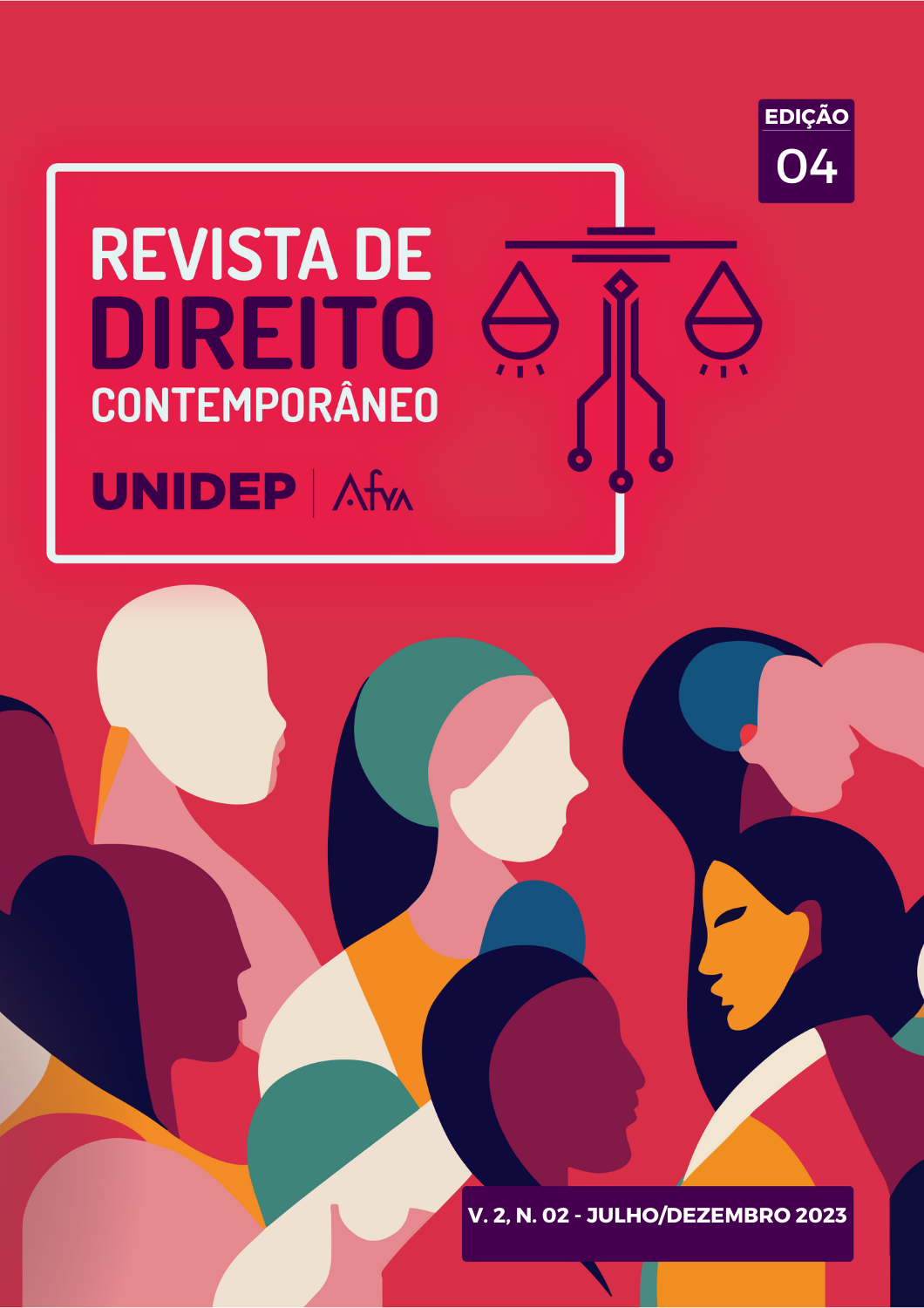THE INTERNATIONAL CONVENTION FOR THE PROTECTION OF THE RIGHTS OF ALL MIGRANT WORKERS AND THEIR FAMILY MEMBERS
Abstract
Faced with a modern scenario of globalization and constant migration processes, the present work carries out a systematic analysis of the International Convention for the protection of the Rights of all migrant workers and their family members, signed on December 18, 1990 by the United Nations, as well as the rights contemplated in this convention, whether for the migrant worker or for his family members. A systematic analysis of the normative bases of this convention will be carried out, as well as the universal process that preceded it, including its preamble, passing through the analysis of the countries that have already adhered to it, and intends, in the end, conclude with the analysis of the current situation of applicability of this convention, including analyzing some judgments of the Inter-American Court of Human Rights on migratory rights of workers. And still, in conclusion, a comparison will be made between the member countries and the condition of exporter or importer of immigrant labor, aiming to draw a characteristic pattern of the factual application of this convention.
Downloads
Published
How to Cite
Issue
Section
License
Copyright (c) 2023 Revista de Direito Contemporâneo UNIDEP

This work is licensed under a Creative Commons Attribution-NonCommercial 4.0 International License.
You are free to:
- Share — copy and redistribute the material in any medium or format
- Adapt — remix, transform, and build upon the material
- The licensor cannot revoke these freedoms as long as you follow the license terms.
Under the following terms:
-
Attribution — You must give appropriate credit, provide a link to the license, and indicate if changes were made. You may do so in any reasonable manner, but not in any way that suggests the licensor endorses you or your use.
-
NonCommercial — You may not use the material for commercial purposes.
- No additional restrictions — You may not apply legal terms or technological measures that legally restrict others from doing anything the license permits.
Notices:
- You do not have to comply with the license for elements of the material in the public domain or where your use is permitted by an applicable exception or limitation.
- No warranties are given. The license may not give you all of the permissions necessary for your intended use. For example, other rights such as publicity, privacy, or moral rights may limit how you use the material.



